ICELAND: Weird Traditions, Icelandic Horse & Lava Loaf ???? | Travel by Dart (Part 3)
Would you bake bread in volcanic lava if you visit Iceland? Iceland travel vlog meets mystic documentary. In this final chapter of Travel by Dart: Iceland, I dive deep into the country’s strangest and most fascinating traditions. Locals bake bread in volcanic soil, harnessing geothermal heat to create the “lava loaf.” I meet Iceland’s modern-day shamans (at Esjan Bus Camp), who blend Viking heritage with spiritual healing, and I discover the story behind the Icelandic horse, one of the most purebred and gentle animals on Earth. If you come in the winter, the Northern Lights dance across the sky — the perfect symbol of Iceland’s duality of fire and ice. ???? Whether you’re searching for Iceland travel tips, planning your next vacation, or simply curious about weird traditions, this episode is part 3 of my Iceland adventure. ???? Watch the Iceland Trilogy: ???? [Part 1: Vikings, Volcanoes & Epic Heli Rides] - https://www.youtube.com/watch?v=dURL2S3sqZ8 ???? [Part 2: Waterfalls, Trolls & Whale Watching] - https://www.youtube.com/watch?v=y0xCKCSVp0c ???? Travel by Dart is the series where I throw a dart at a world map and travel wherever it lands — no plan, no script, just raw adventure. ???? Subscribe for more episodes of Travel by Darthttps://www.youtube.com/@TravelbyDartTV Travel to Iceland? Yes, anytime! The breakdown of this Travel by Dart Iceland road trip vlog: 00:00 Iceland documentary start 01:23 Icelandic Shamanism 06:14 Baking Bread in Volcanic Soil 11:04 Icelandic Horse Gaits 13:52 The Geysers 15:04 Natura Reykjavik 17:03 The Dart Throw Here's an overview of all the main subjects showed in this Iceland documentary: Baking Bread in Volcanic Soil in Iceland In Iceland, baking bread isn’t just a kitchen ritual — it’s a geothermal experiment. Locals in the town of Laugarvatn use the Earth itself as their oven, burying dough in pots deep in the volcanic soil near bubbling hot springs. The natural geothermal heat, which reaches around 90–100°C (195–210°F), slowly bakes the dough for 24 hours, turning it into hverabrauð — a dense, sweet rye bread with a caramelized flavor and moist texture. The process dates back centuries, when Icelanders had to adapt to living in a treeless, volcanic landscape with limited fuel sources. Today, watching the steaming ground “cook” your bread feels like witnessing the planet at work — proof that in Iceland, even lunch is powered by fire and ice. Icelandic Horses and Their Unique Gaits The Icelandic horse is a living piece of Viking history — small, sturdy, and incredibly graceful. Brought to Iceland by Norse settlers over a thousand years ago, these horses have remained genetically pure due to strict import laws. What makes them truly special, though, is their unique set of gaits. Besides the standard walk, trot, and canter, Icelandic horses master two additional movements: the tölt and the flying pace (skeið). The tölt is a smooth, four-beat gait that allows riders to glide over rough terrain as if on silk — it’s so steady that riders can carry a full glass of beer without spilling a drop. The flying pace, on the other hand, is fast and thrilling, used in races where the horse seems to hover just above the ground. Together, these gaits make the Icelandic horse not just a companion but a cultural icon — strong, sure-footed, and as enduring as the land it roams. Icelandic Shamanism and Spiritual Traditions Before Christianity arrived in Iceland around the year 1000, the island’s settlers followed the ancient Norse spiritual path of seiðr — a form of shamanism deeply tied to nature, ancestors, and the elements. Icelandic shamans, often women known as völur, served as healers and seers, channeling spiritual energy through chanting, drumming, and meditation. Their rituals sought harmony between humans and the natural world, invoking gods like Odin and Freyja, as well as local land spirits known as landvættir. In modern times, Icelandic shamanism has experienced a quiet revival — blending ancient Norse practices with contemporary mindfulness and eco-spirituality. Many modern seiðr practitioners still gather near waterfalls, lava fields, or hot springs, believing these landscapes are gateways between the physical and spiritual realms — the same forces that shaped Iceland itself. Esjan Bus Camp Esjan Bus Camp, located at the foot of Mount Esja just outside Reykjavík, is a popular starting point for hikers and nature lovers exploring one of Iceland’s most accessible mountains. The camp sits along Route 1, Iceland’s famous Ring Road, and serves as both a rest stop and basecamp for those trekking the various trails that lead up the 914-meter-high peak. Esja’s slopes are a geological classroom — composed mostly of basaltic lava and volcanic tuff formed during Ice Age eruptions. #Iceland #IcelandTravel #TravelByDart #IcelandVlog #IcelandDocumentary #Icelandichorse #geysers #lavaloaf #Icelandshamanism #icelandichorsegaits #AdventureTravel #TravelSeries #hiddengems

 Would you bake bread in volcanic lava if you visit Iceland?
Would you bake bread in volcanic lava if you visit Iceland?
Iceland travel vlog meets mystic documentary. In this final chapter of Travel by Dart: Iceland, I dive deep into the country’s strangest and most fascinating traditions.
Locals bake bread in volcanic soil, harnessing geothermal heat to create the “lava loaf.” I meet Iceland’s modern-day shamans (at Esjan Bus Camp), who blend Viking heritage with spiritual healing, and I discover the story behind the Icelandic horse, one of the most purebred and gentle animals on Earth.
If you come in the winter, the Northern Lights dance across the sky — the perfect symbol of Iceland’s duality of fire and ice.
???? Whether you’re searching for Iceland travel tips, planning your next vacation, or simply curious about weird traditions, this episode is part 3 of my Iceland adventure.
???? Watch the Iceland Trilogy:
???? [Part 1: Vikings, Volcanoes & Epic Heli Rides] - https://www.youtube.com/watch?v=dURL2S3sqZ8
???? [Part 2: Waterfalls, Trolls & Whale Watching] - https://www.youtube.com/watch?v=y0xCKCSVp0c
???? Travel by Dart is the series where I throw a dart at a world map and travel wherever it lands — no plan, no script, just raw adventure.
???? Subscribe for more episodes of Travel by Darthttps://www.youtube.com/@TravelbyDartTV
Travel to Iceland? Yes, anytime!
The breakdown of this Travel by Dart Iceland road trip vlog:
00:00 Iceland documentary start
01:23 Icelandic Shamanism
06:14 Baking Bread in Volcanic Soil
11:04 Icelandic Horse Gaits
13:52 The Geysers
15:04 Natura Reykjavik
17:03 The Dart Throw
Here's an overview of all the main subjects showed in this Iceland documentary:
Baking Bread in Volcanic Soil in Iceland
In Iceland, baking bread isn’t just a kitchen ritual — it’s a geothermal experiment. Locals in the town of Laugarvatn use the Earth itself as their oven, burying dough in pots deep in the volcanic soil near bubbling hot springs. The natural geothermal heat, which reaches around 90–100°C (195–210°F), slowly bakes the dough for 24 hours, turning it into hverabrauð — a dense, sweet rye bread with a caramelized flavor and moist texture. The process dates back centuries, when Icelanders had to adapt to living in a treeless, volcanic landscape with limited fuel sources. Today, watching the steaming ground “cook” your bread feels like witnessing the planet at work — proof that in Iceland, even lunch is powered by fire and ice.
Icelandic Horses and Their Unique Gaits
The Icelandic horse is a living piece of Viking history — small, sturdy, and incredibly graceful. Brought to Iceland by Norse settlers over a thousand years ago, these horses have remained genetically pure due to strict import laws. What makes them truly special, though, is their unique set of gaits. Besides the standard walk, trot, and canter, Icelandic horses master two additional movements: the tölt and the flying pace (skeið). The tölt is a smooth, four-beat gait that allows riders to glide over rough terrain as if on silk — it’s so steady that riders can carry a full glass of beer without spilling a drop. The flying pace, on the other hand, is fast and thrilling, used in races where the horse seems to hover just above the ground. Together, these gaits make the Icelandic horse not just a companion but a cultural icon — strong, sure-footed, and as enduring as the land it roams.
Icelandic Shamanism and Spiritual Traditions
Before Christianity arrived in Iceland around the year 1000, the island’s settlers followed the ancient Norse spiritual path of seiðr — a form of shamanism deeply tied to nature, ancestors, and the elements. Icelandic shamans, often women known as völur, served as healers and seers, channeling spiritual energy through chanting, drumming, and meditation. Their rituals sought harmony between humans and the natural world, invoking gods like Odin and Freyja, as well as local land spirits known as landvættir. In modern times, Icelandic shamanism has experienced a quiet revival — blending ancient Norse practices with contemporary mindfulness and eco-spirituality. Many modern seiðr practitioners still gather near waterfalls, lava fields, or hot springs, believing these landscapes are gateways between the physical and spiritual realms — the same forces that shaped Iceland itself.
Esjan Bus Camp
Esjan Bus Camp, located at the foot of Mount Esja just outside Reykjavík, is a popular starting point for hikers and nature lovers exploring one of Iceland’s most accessible mountains. The camp sits along Route 1, Iceland’s famous Ring Road, and serves as both a rest stop and basecamp for those trekking the various trails that lead up the 914-meter-high peak. Esja’s slopes are a geological classroom — composed mostly of basaltic lava and volcanic tuff formed during Ice Age eruptions.
#Iceland #IcelandTravel #TravelByDart #IcelandVlog #IcelandDocumentary #Icelandichorse #geysers #lavaloaf #Icelandshamanism #icelandichorsegaits #AdventureTravel #TravelSeries #hiddengems




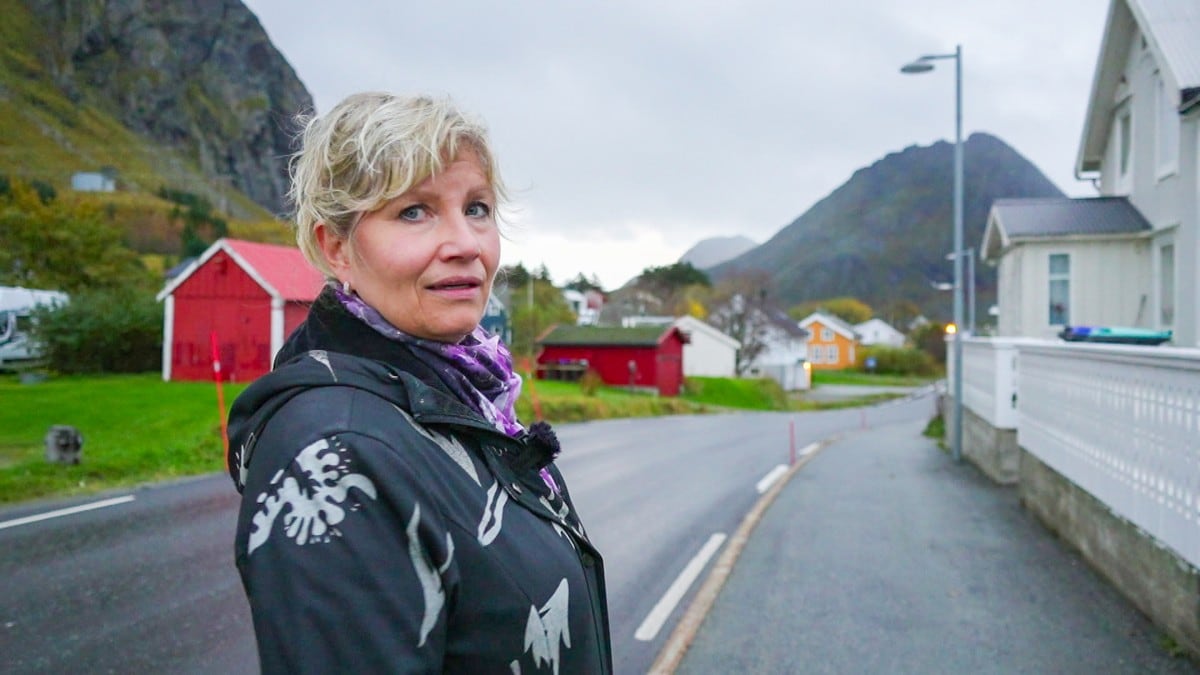

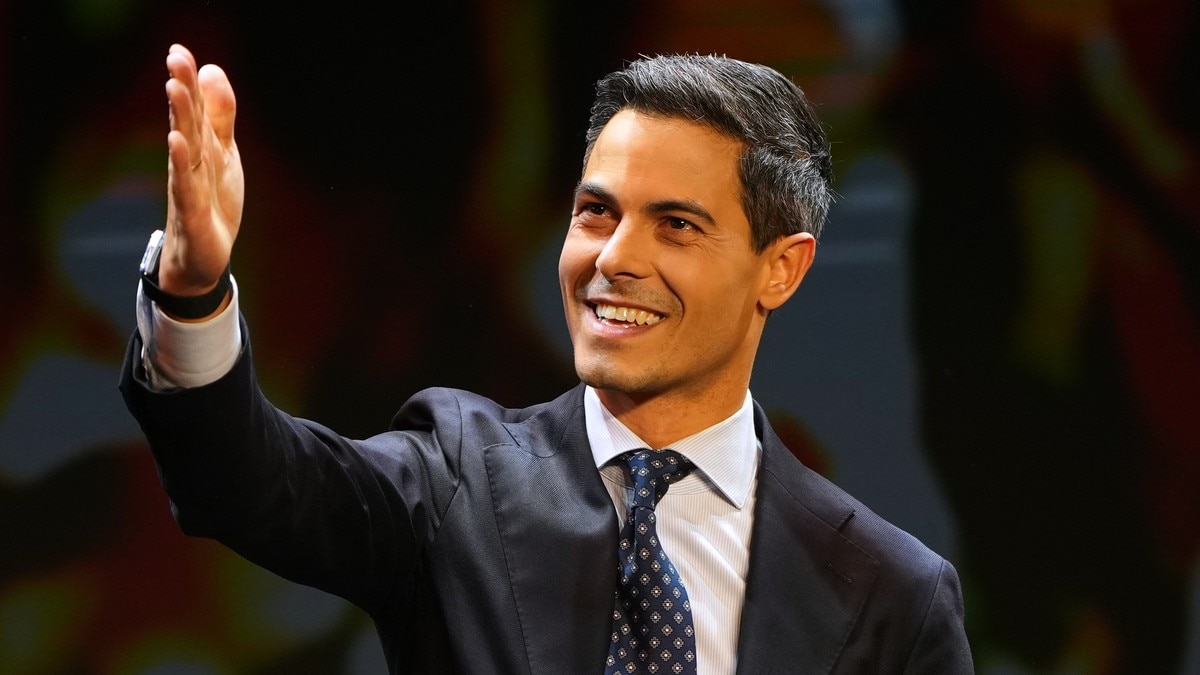
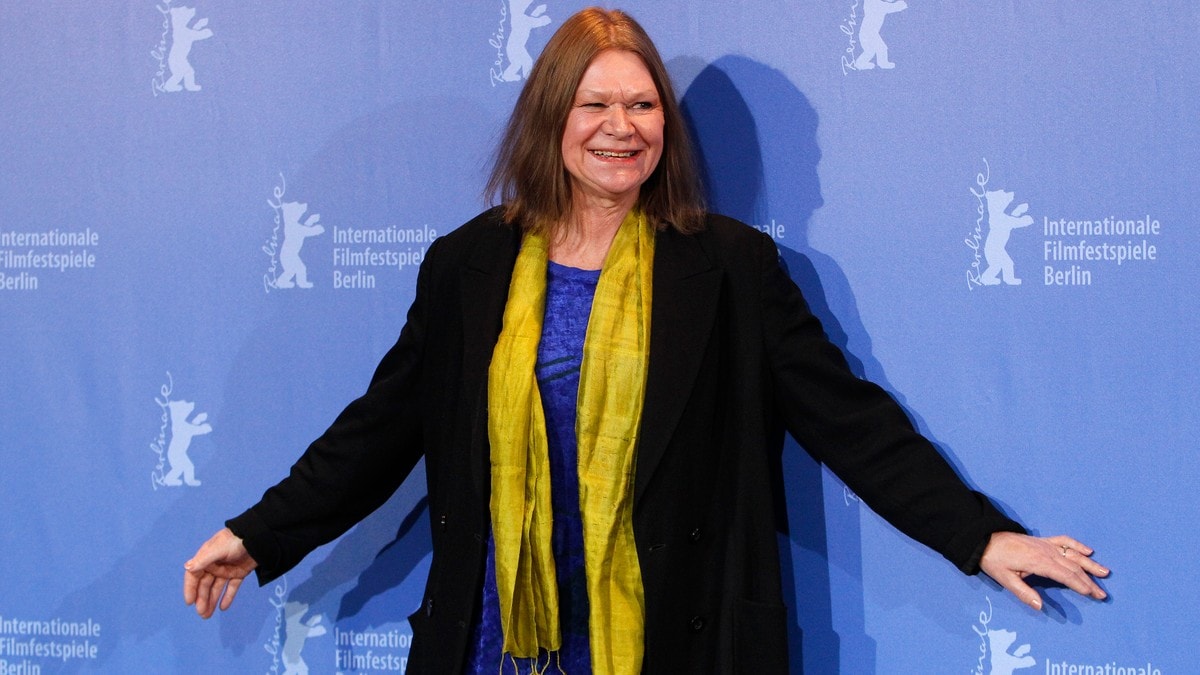








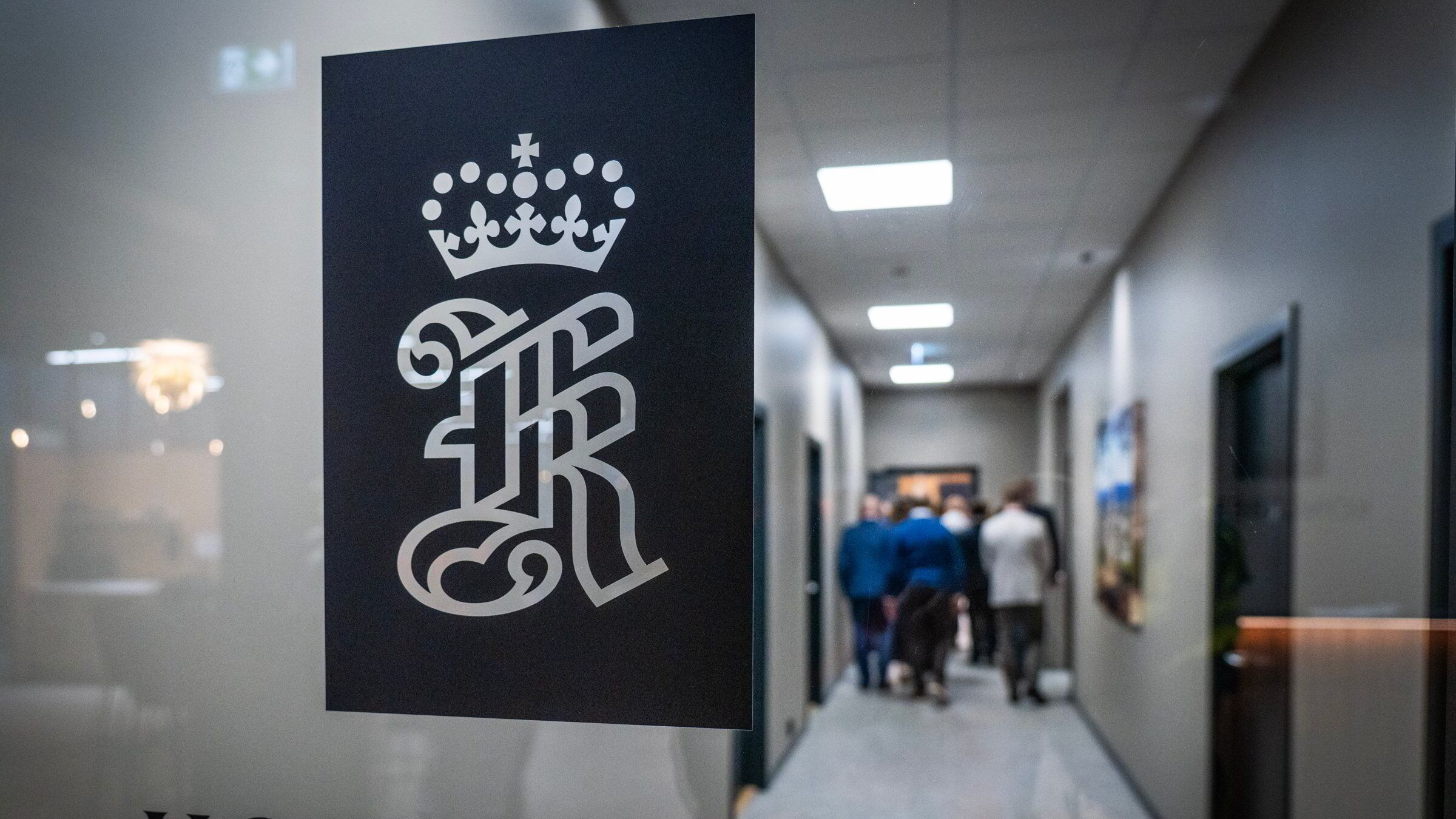


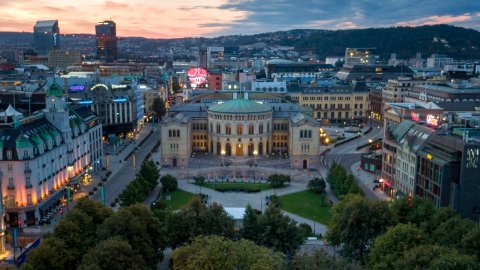

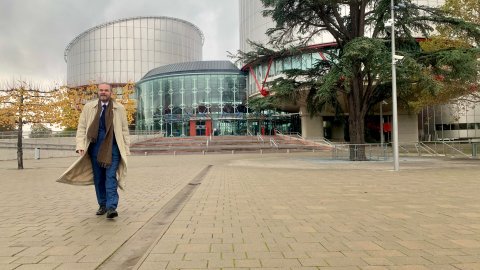
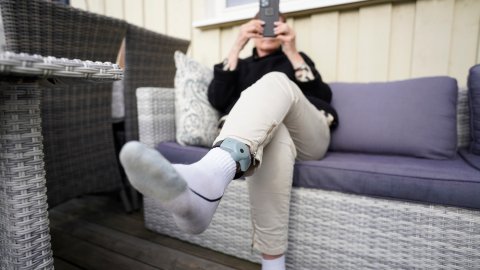









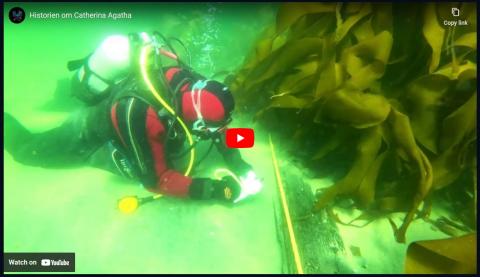

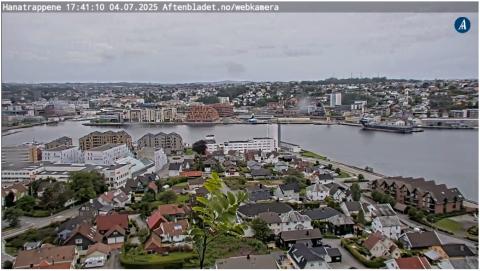
![[긴급진단]폭락중인 넷플릭스, 메타 바이 더 딥 해야 하나?(독거투자일지)](https://i.ytimg.com/vi/ez-t-g5mCYY/0.jpg)









![Rowerem przez Norwegię???????? - Dzień 1 [Short]](https://i.ytimg.com/vi/DYjoZp1ohv4/0.jpg)











